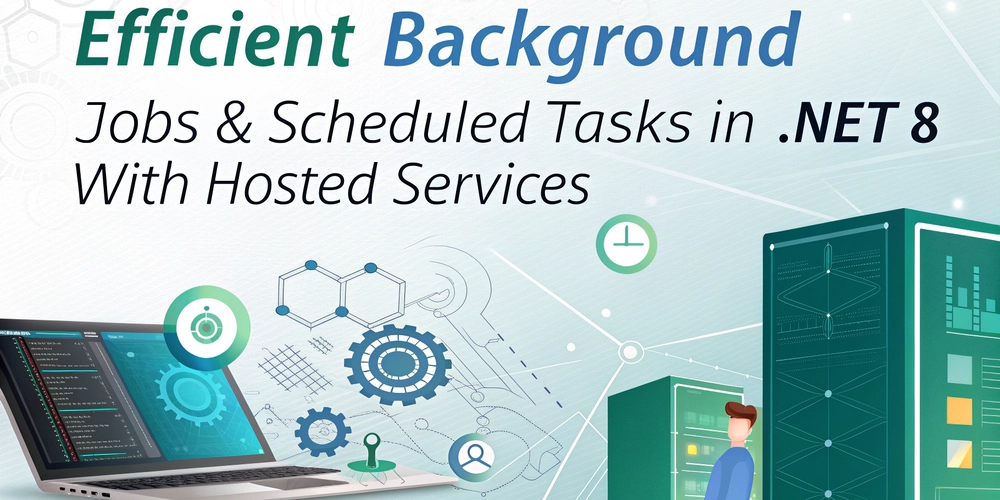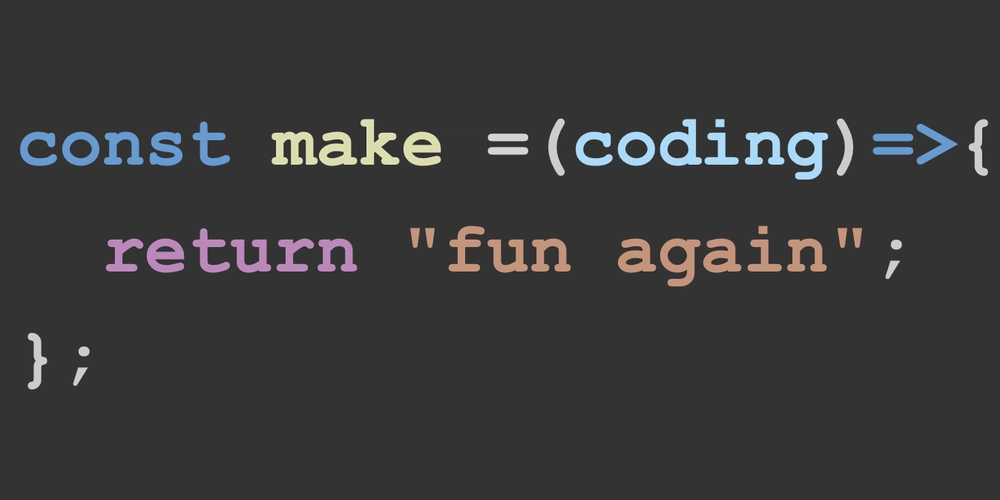
.NET 8 Background Tasks: Scheduling Jobs & Best Practices Guide
Unlock the power of background processing in your .NET 8 applications. This guide explores how to efficiently manage background jobs and schedule tasks using .NET's built-in Hosted Services. Let's dive in!
Why Use Background Jobs and Scheduled Tasks in .NET 8?
Background tasks are crucial for various applications. They let you:
- Process messages asynchronously from queues.
- Perform periodic data cleanup operations.
- Send emails and notifications without blocking the main thread.
- Aggregate data for reports during off-peak times.
.NET 8's Hosted Services provide a clean, dependency injection-friendly way to execute these tasks alongside your primary web or API application.
Understanding .NET 8 Hosted Services: Your Background Task Powerhouse
A Hosted Service runs in the background of your .NET application. You can implement background tasks via two main approaches:
- Implement
IHostedService: Requires implementingStartAsync(CancellationToken)andStopAsync(CancellationToken)methods. - Derive from
BackgroundService: Override theExecuteAsync(CancellationToken)method for long-running loops.
Both options seamlessly integrate with the .NET Generic Host, support dependency injection, configuration, and allow graceful shutdowns.
Creating a Simple Background Service in .NET 8: A Step-by-Step Example
Here's a basic example of a background service that logs a message every 10 seconds:
Register the service in your Program.cs file:
Scheduling Recurring Tasks in .NET 8: Timers and Cron Expressions
.NET offers multiple ways to schedule recurring tasks.
Using PeriodicTimer for Simple Intervals
In .NET 8, you can use the PeriodicTimer class:
Cron-Style Scheduling for Complex Intervals
For more complex scheduling using cron expressions, use a library like Cronos:
Handling One-Off Background Jobs in .NET 8: Queueing Tasks
For fire-and-forget jobs (e.g., sending an email after a user registers), utilize a Channel<T>. This allows you to create a queue for background tasks.
Register the dependencies in Program.cs:
Real-World Use Cases for .NET 8 Background Jobs and Scheduled Tasks
Consider these scenarios for using background tasks:
- Email and Notification Sending: Offload slow SMTP calls to a background process.
- Data Cleanup: Regularly remove stale records or temporary files.
- Message Processing: Consume messages from queues like RabbitMQ or Azure Service Bus.
- Report Generation: Generate and store reports during off-peak hours to minimize performance impact.
Best Practices for Building Reliable .NET 8 Background Services
Follow these guidelines for creating robust and maintainable background processes:
- Graceful Shutdown: Respect the
CancellationTokenand clean up resources properly. - Exception Handling: Catch exceptions within your loops to prevent service crashes.
- Logging and Metrics: Instrument your service with logging and counters for monitoring.
- Dependency Injection: Use scoped or singleton services appropriately.
- Backoff and Retry: Implement retry policies with exponential backoff for transient failures.
- Health Checks: Expose health endpoints to monitor the status of your background services.
Conclusion: Mastering .NET 8 Background Tasks
.NET 8 Hosted Services empower you to create efficient and reliable background processing solutions. By using these examples and adhering to best practices, you can build scalable and maintainable background tasks for your applications. Start scheduling recurring tasks in .NET 8 and enhance your application's performance today!























